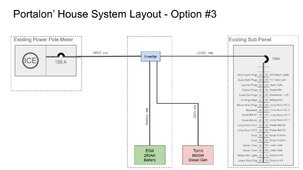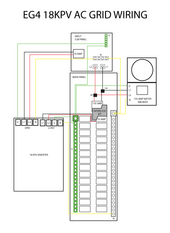zanydroid
Solar Wizard
You’re operating in parallel even with zero export mode. This generally requires an interconnection agreement (interconnection does not imply export).Do I even need to alert my power company?
And with zero export there is going to be some possibility of export.





